URIDINE 5'-DIPHOSPHOGLUCOSE DISODIUM SALT
- CAS NO.:117756-22-6
- Empirical Formula: C15H22N2Na2O17P2
- Molecular Weight: 610.27
- MDL number: MFCD00216890
- EINECS: 683-053-8
- SAFETY DATA SHEET (SDS)
- Update Date: 2025-07-04 14:25:09
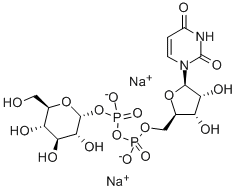
What is URIDINE 5'-DIPHOSPHOGLUCOSE DISODIUM SALT?
Chemical properties
White powder, soluble in water, under the condition of pH2 A250/A260 = 0.73±0.05; A280/A260 = 0.39±0.03; Λmax = 262±1nm.
What are the applications of Application
Uridine-5′-diphosphoglucose, disodium salt is a biosynthetic product from the reaction of UTP and glucose-1-phosphate catalyzed by the enzyme uridyl transferase
What are the applications of Application
Uridine 5'-diphosphoglucose disodium salt from baker's yeast (Saccharomyces cerevisiae) is used as a substrate:
- for the PpIRX10 enzyme activity of Arabidopsis thaliana.
- in radiometric assays of glycosyltransferases (GTs).
- in uridine diphosphate glucose (UDP-Glc)-4-epimerase assays in Arabidopsis thaliana samples.
General Description
Uridine 5'-diphosphoglucose disodium salt is a glycogen precursor. The transport of glucose from UDP-glucose to elongate glycogen chains is catalyzed by the enzyme glycogen synthase. The enzyme uridine diphosphate galactose-4-epimerase catalyzes the formation of UDP-glucose from UDP-galactose.
Properties of URIDINE 5'-DIPHOSPHOGLUCOSE DISODIUM SALT
| storage temp. | −20°C |
| CAS DataBase Reference | 117756-22-6(CAS DataBase Reference) |
Safety information for URIDINE 5'-DIPHOSPHOGLUCOSE DISODIUM SALT
Computed Descriptors for URIDINE 5'-DIPHOSPHOGLUCOSE DISODIUM SALT
New Products
Indole Methyl Resin tert-butyl 9-methoxy-3-azaspiro[5.5]undecane-3-carboxylate Boc-His(Boc)-OH 2-CTC Resin 4-Chloro-7-tosy1-7Hpyrrolo[2,3-d]pyrimidine 5,7-Dibromo-1H-indole 2,5-dichloro-N-hydroxy-4,6-dimethylpyridine-3-carboximidamide 2,2-Dimethoxy-7-azaspiro[3.5]nonane hydrochloride 4-chloromethyl-5-methyl-1,3-dioxol-2-one (DMDO-Cl) R-2-BENZYLOXY PROPIONIC ACID 1,1’-CARBONYLDIIMIDAZOLE 1,1’-CARBONYLDI (1,2-4 TRIAZOLE) N-METHYL INDAZOLE-3-CARBOXYLIC ACID 4-((2-hydroxyethyl)thio)benzoic acid 1-(TERT-BUTOXYCARBONYL)-2-PYRROLIDINONE Methyl 6-methylnicotinate 3-Pyridineacrylic acid tert-Butyl carbazate TETRAHYDRO-2H-PYRAN-3-OL 2-((4-morpholinophenylamino) (methylthio) methylene) malononitrile 3-(4-morpholinophenylamino)-5-amino-1H-pyrazole-4-carbonitrile 2,4-dihydroxybenzaldehyde 1,3-Diethyl-1,3-Diphenylurea Methyl 2-methylquinoline-6-carboxylateRelated products of tetrahydrofuran



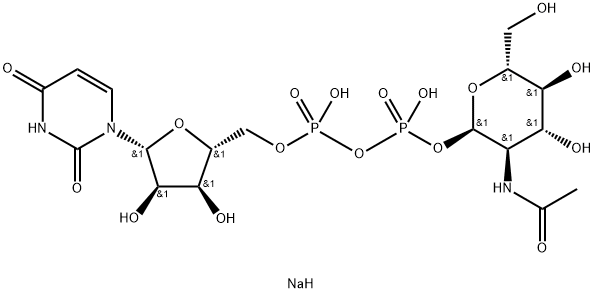
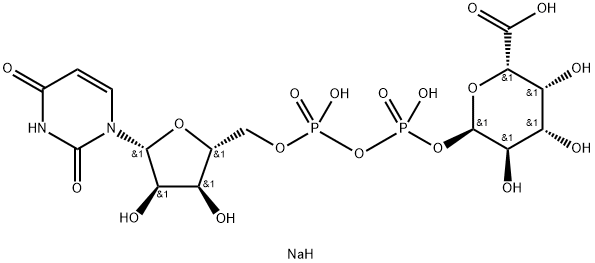
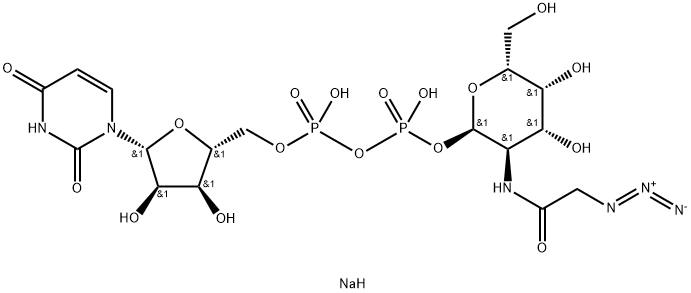
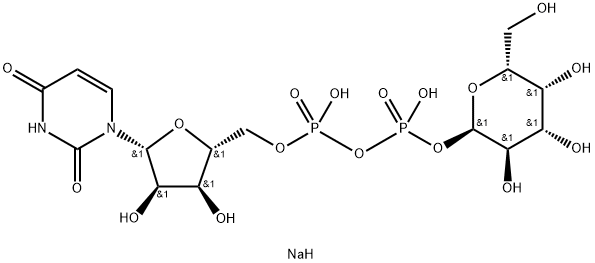
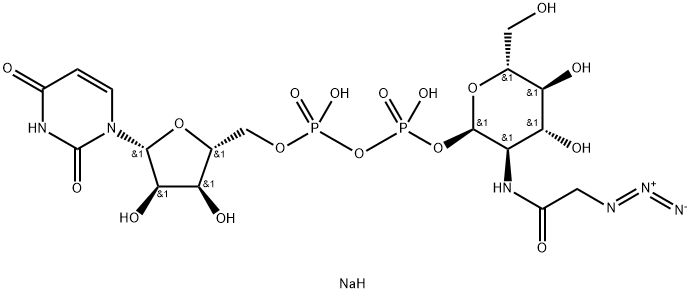
You may like
-
 Uridine 5'-diphosphoglucose disodium salt 95% CAS 117756-22-6View Details
Uridine 5'-diphosphoglucose disodium salt 95% CAS 117756-22-6View Details
117756-22-6 -
 UDP-α-D-Glucose, Disodium Salt CAS 117756-22-6View Details
UDP-α-D-Glucose, Disodium Salt CAS 117756-22-6View Details
117756-22-6 -
 Pyridine 99.5% HPLC /UV SpectroscopyView Details
Pyridine 99.5% HPLC /UV SpectroscopyView Details
110-86-1 -
 Piperazine Spot supply, best priceView Details
Piperazine Spot supply, best priceView Details
110-85-0 -
 Dibutyl PhthalateView Details
Dibutyl PhthalateView Details
84-74-2 -
 Imidazole Spot supply, competitive priceView Details
Imidazole Spot supply, competitive priceView Details
288-32-4 -
 Octadecyl 3-(3,5-di-tert-butyl-4-hydroxyphenyl)propionate 98% (GC)View Details
Octadecyl 3-(3,5-di-tert-butyl-4-hydroxyphenyl)propionate 98% (GC)View Details
2082-79-3 -
 Thiourea 99% ARView Details
Thiourea 99% ARView Details
62-56-6
Statement: All products displayed on this website are only used for non medical purposes such as industrial applications or scientific research, and cannot be used for clinical diagnosis or treatment of humans or animals. They are not medicinal or edible.
